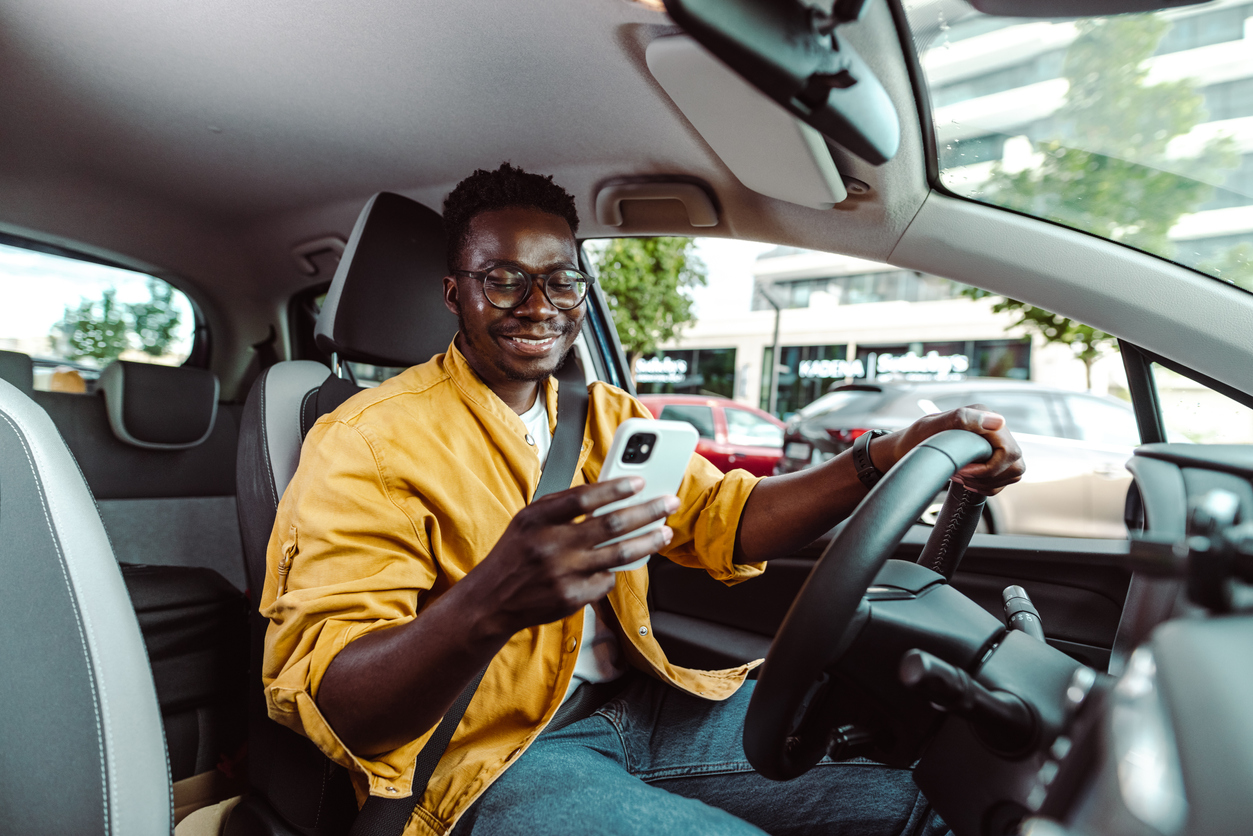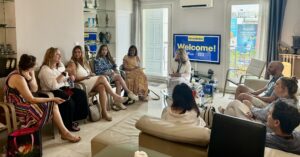How Chevrolet amplified electric vehicle messaging among Black college students
The “Discover the Unexpected” campaign used internships at historic Black newspapers as a draw.

Chevrolet wanted to win over the car buyers of tomorrow and educate people about electric cars today. The car brand worked to win over young, Black consumers with its “Discover the Unexpected” (DTU) campaign.
The 2022 campaign was built upon a popular 10-week fellowship for six journalism students and five marketing students from historically Black colleges and universities. The colleges and universities offered internships at participating National Newspaper Publishers Association newspapers or within the Chevrolet marketing organization. The NNPA is an 80-year-old trade association deeply known in Black communities. Chevrolet marketing leaders mentored the students during the program. The students worked on editorial assignments bolstering Chevrolet EV initiatives.
Chevrolet joined forces with Carol H. Williams Advertising for the campaign.
Carol H. Hood, Jr., VP, digital creative director at Carol H. Williams Advertising, said that the program hired Black students to report on EVs for these newspapers to evangelize EVs.
The campaign also built affinity with the students so that long after the internship ended the impact of Chevrolet remained.
Hood said that Chevrolet gave the fellows a chance to learn about EVs and learn from mentors. They documented their experience in the newspapers and on social media.
Hood’s team was a community engagement winner in PR Daily’s Social Media & Digital Awards last June.
Here’s what you can learn from the campaign.
Be nimble and vigilant
“At first, there was talk about doing something more traditional,” Hood said of just putting ads in newspapers to educate people about EVs. Then her agency decided on another route. “So, we came up with DTU, which was a non-traditional, multilayered marketing platform to address some problems at the brand affinity level.”
Hood said that the fellows wrote articles about EVs and created social media content including behind-the-scenes videos of them testing out these vehicles. The fellows documented their experiences to improve visibility among their peers.
“They were able to extend reach by creating more content on top of our official work, and increase engagement,” Hood said of creating bonus social media videos about EVs. She added that agencies and marketers have to go to where the people are – in this case, young people. The agency developed an authentic relationship with HBCU students by going to their campuses and filming social media clips for the campaign.
Hood said having a relationship with community members or knowing someone who has that relationship is vital.
“And if you don’t get to the community in an authentic way, you’re never going to win that audience over,” Hood said. “Especially a multicultural audience, especially a Gen Z audience.”
Hood added that Chevrolet didn’t stop at Gen Z either. The brand featured banners and other ads in NNPA issues to reach older audiences reading the newspapers.
The campaign rose above expectations, engaging Black communities and positively moving perceptions of the brand. DTU social media and digital banner ads reached 75.3% of NNPA readers according to campaign data, and the program produced a 9.9% increase in consideration of Chevrolet electric vehicles.
Hood said that those figures didn’t happen by accident.
“You need to know what you want, know your strategy and stick to it with a hypervigilance,” Hood said.
Use a variety of influencers
Hood said that her team wanted to find a mix of influencers who reached different populations. Actor Terrence Jenkins, best known for hosting “106 & Park,” was recruited in the campaign as a brand ambassador alongside STEM influencer Justin Shaifer. Shaifer, well-known in the HBCU community, acted as a mentor to the fellows to talk about the science and technology behind EVs.
“Justin was kind of a diamond in the rough we were looking for,” Hood said.
Hood said that her team found Shaifer after diving deep into the HBCU space in search of an educational influencer with a trustworthy voice and comedic influence.
“It paid off with an increase of impressions, and the building of an HBCU community that didn’t exist before we created DTU,” Hood said.
Jenkins’ star power was also impressive. He hosted an initial student fellowship event and posted promotional content to add credibility to the campaign while amplifying the EV message.
Hood said he had already worked with both HBCUs and Chevrolet, and the company felt comfortable working with him again.
“He was someone who … could enter our partnership in an authentic way,” Hood said.
Chevrolet and the NNPA also posted content across dedicated campaign Instagram and Facebook handles, and a paid social media plan drove engagement via Facebook, Instagram, Twitter, Snapchat and TikTok.
Hood said that sometimes a celebrity might have great name recognition, but if they are not social media savvy, they don’t hit the influencer mark.
It’s important to be diligent when selecting an influencer, Hood said.
“There are tools that can help you look at that. But be willing to look at their (influencer) posts and comments. When they engage with followers are they having a real conversation?” Hood remarked. “Find (people of) substance.”
Sherri Kolade is a writer and conference producer at Ragan Communications. She enjoys watching old films, reading and building an authentically curated life. Follow her on LinkedIn. Have a great PR/comms speaker in mind for one of Ragan’s events? Email her at sherrik@ragan.com.







